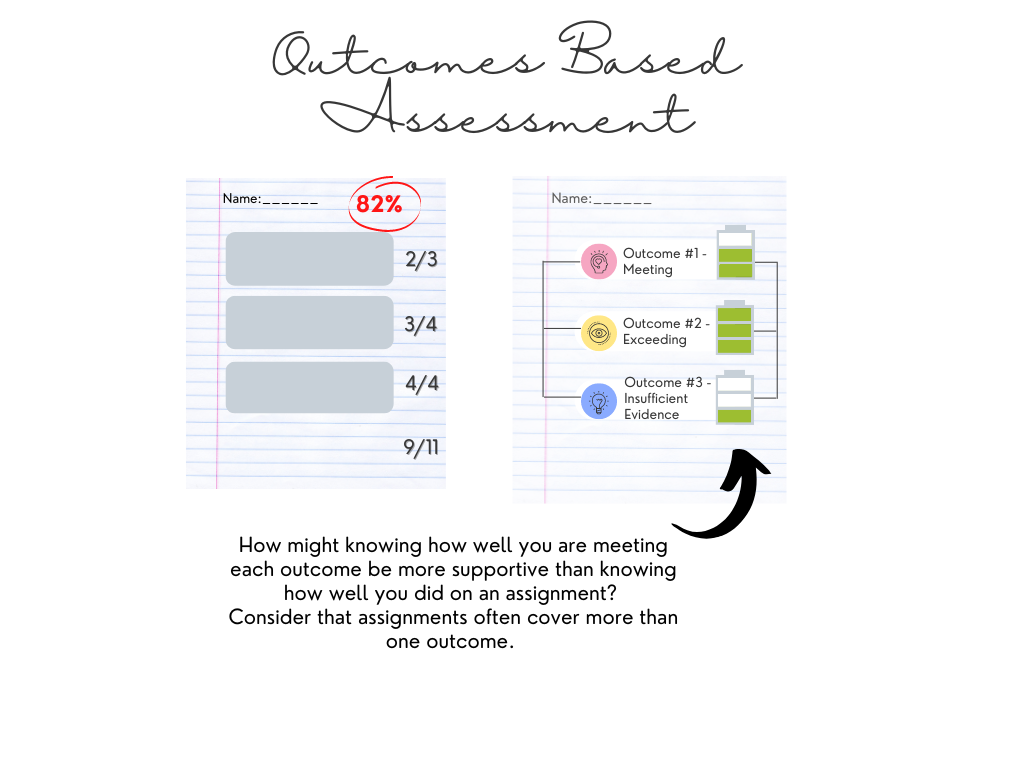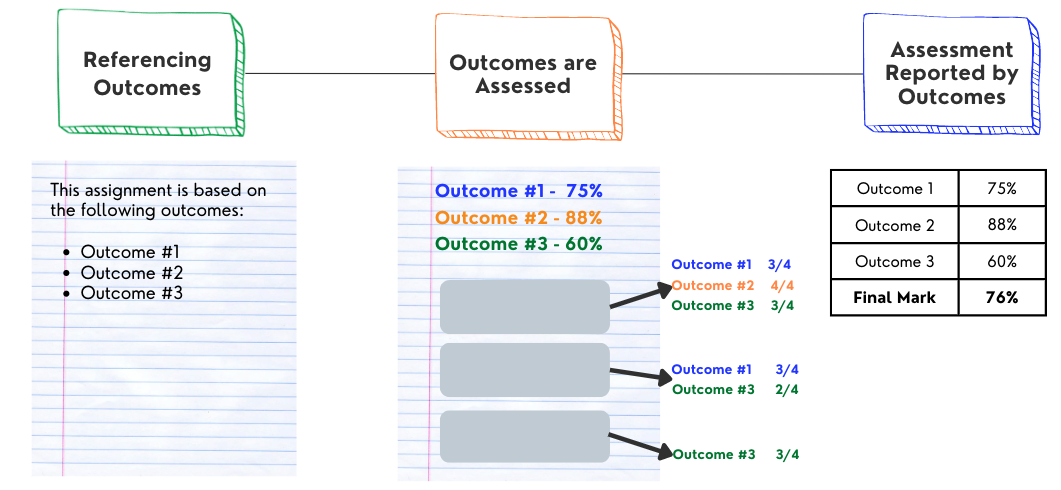Is Your Instruction Designed to Produce Student Learning?
Lecture is an efficient way to transmit information, especially in large classes. We inevitably feel there is a lot of content to cover, since the gap between what novice students know and expert professors know is large. However, large, uninterrupted blocks of lecture are very inefficient ways to learn, because they are passive. Learners get cognitive overload and stop processing, have trouble paying attention, and remember some ideas that they struggle to apply or connect conceptually. All of these occur, even with strong learners, and even with instructors who provide exceptionally focused, clear delivery of information. The mind just learns more if it is actively engaged in thinking.
As a method of direct instruction, lecture is focused on a well-organized, clear presentation of information. Its cousin, explicit instruction, is much better aligned with what we know about how the brain learns, because it is active.
Explicit instruction:
- students are guided through the learning process with clear statements about the purpose of learning the new skill
- teachers give clear explanations and demonstrations
- students engage in supported practice with feedback at intervals throughout the entire class, not just at the end
The key distinction is that while there are periods of telling information, student are asked to demonstrate the skill they are learning and practice it with feedback. As a result, they are much more likely to remember, make fewer errors, are more focused, and more motivated. They are also more likely to describe the learning and important and describe how to keep improving. There is clear alignment between the goal of having students understand more deeply, and the activities they are asked to participate in to support their learning.
Why does all this mater?
When we set the goals for what our students will be able to know and do by the end of class (outcomes), we need to think carefully about how remembering information is essential, but not sufficient, learning. We want students to be able to correctly apply the new information in a process, to make decisions and informed judgments, and to use new information for reasoned arguments. That means our classes need help students develop these competencies and practice them with feedback. Our outcomes, our instruction, and how we assess all need align and work cohesively together to support effective learning processes. If they don’t, we become Professor Dancelot of video fame, with good intentions and little actual learning.
Learn more:
- Interesting Book: Donald A. Bligh, What’s the Use of Lectures? (San Francisco: Jossey-Bass, 2000), pp. 252, 11.
- Oft cited scholarly history: C. Bane, “The Lecture vs. the Class-Discussion Method of College Teaching,” School and Society 21 (1925); B.S. Bloom, “Thought-Processes in Lectures and Discussions,” Journal of General Education 7 (1953).



One Comment
Pingback: